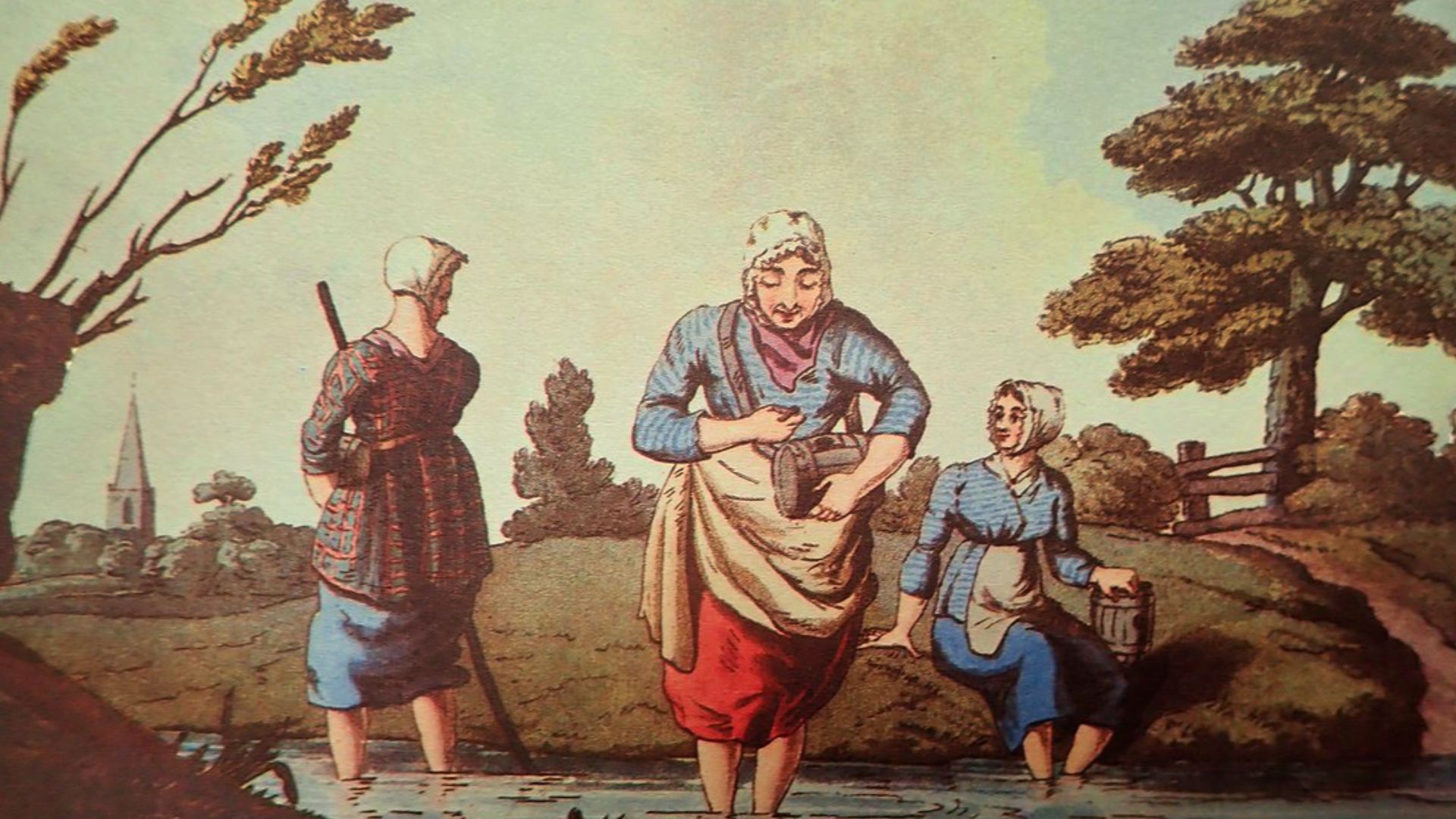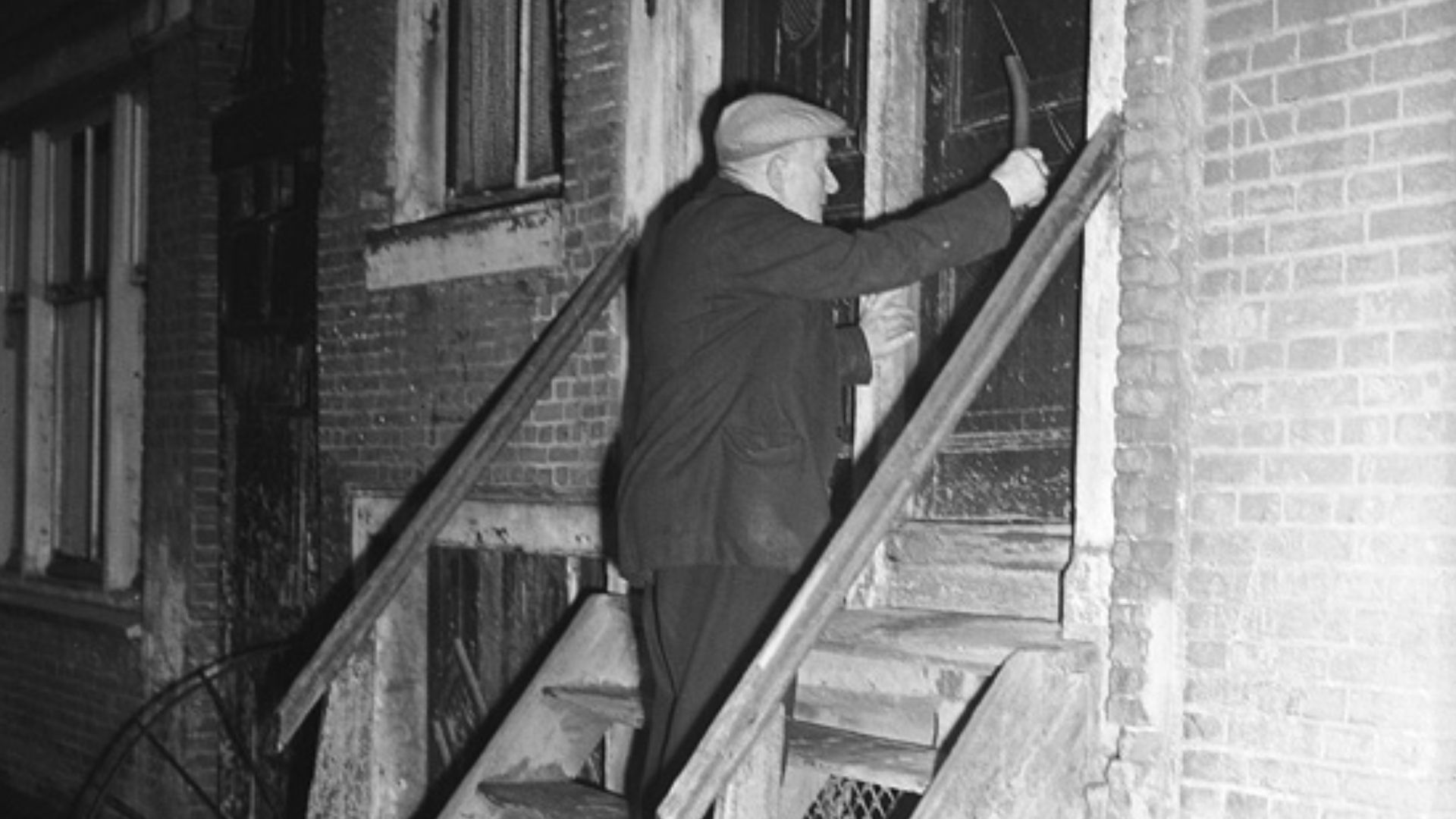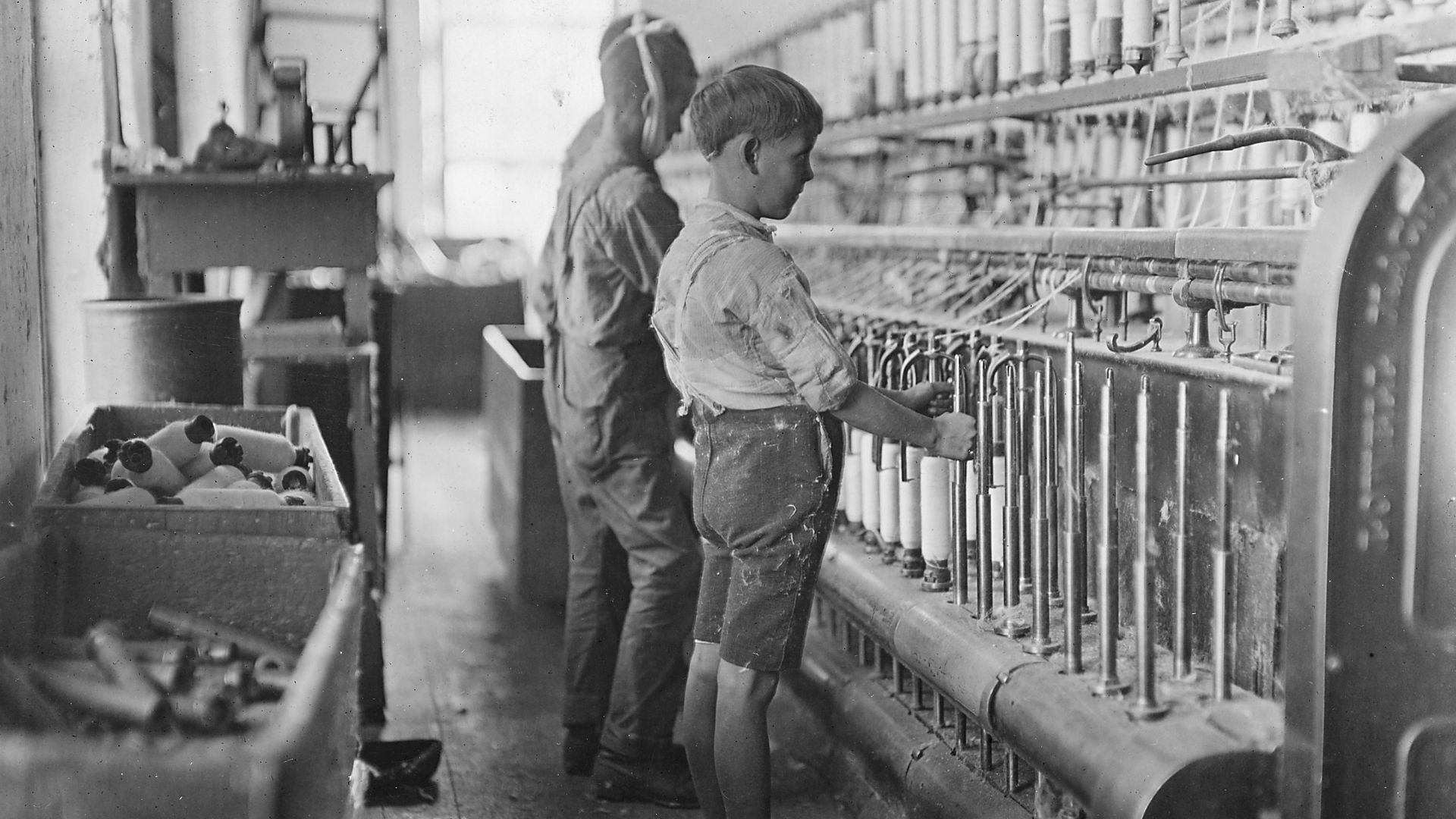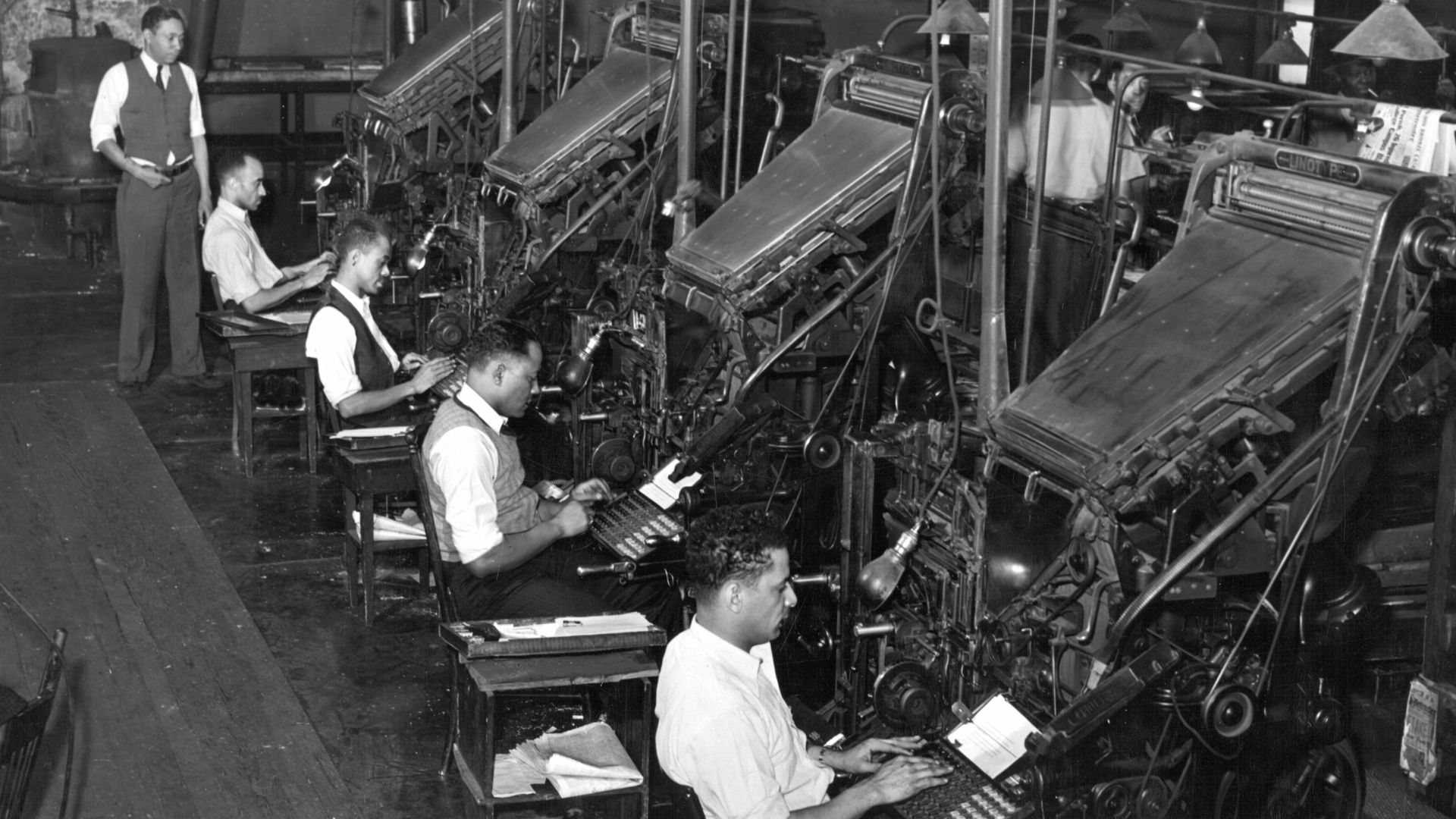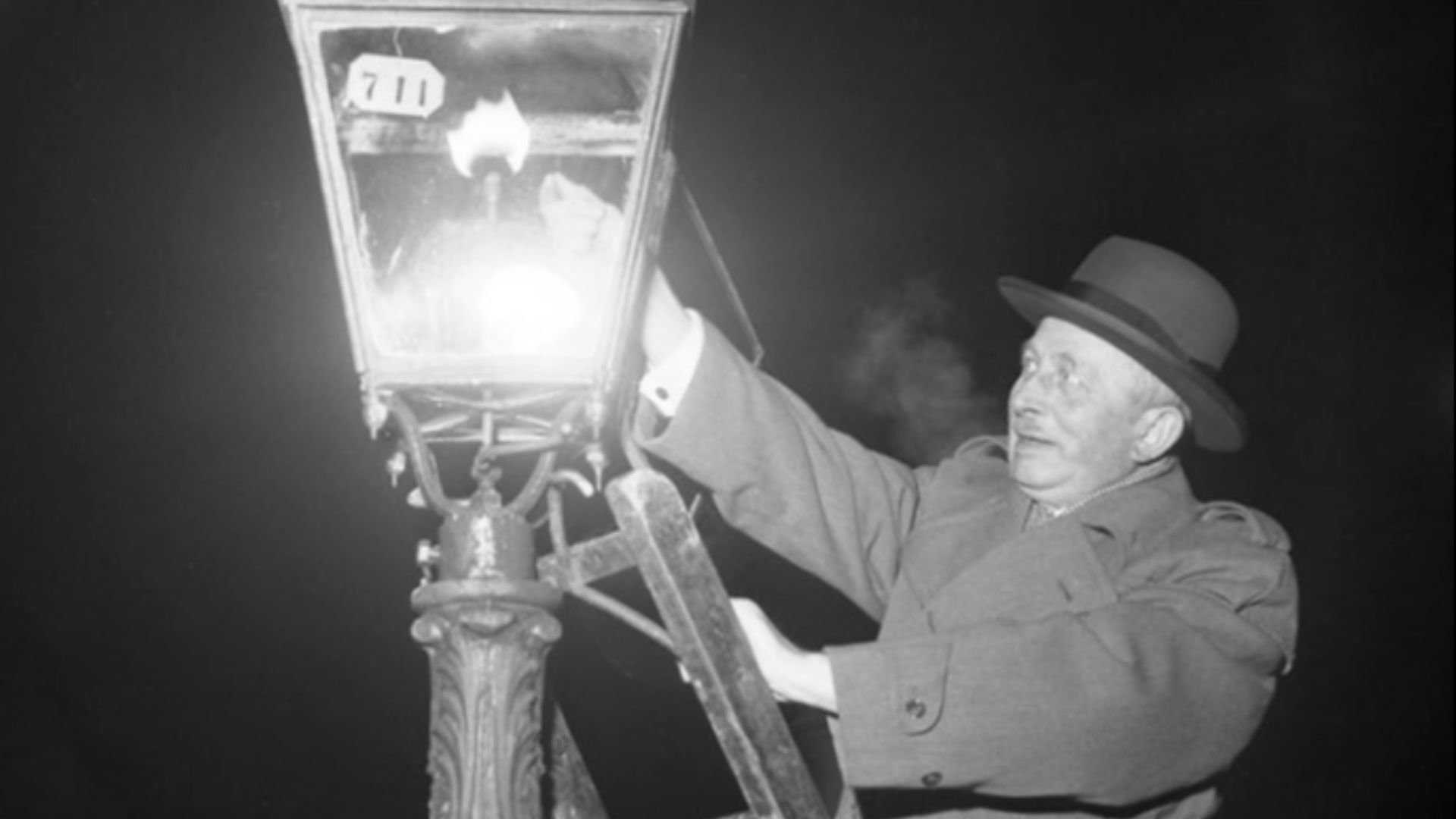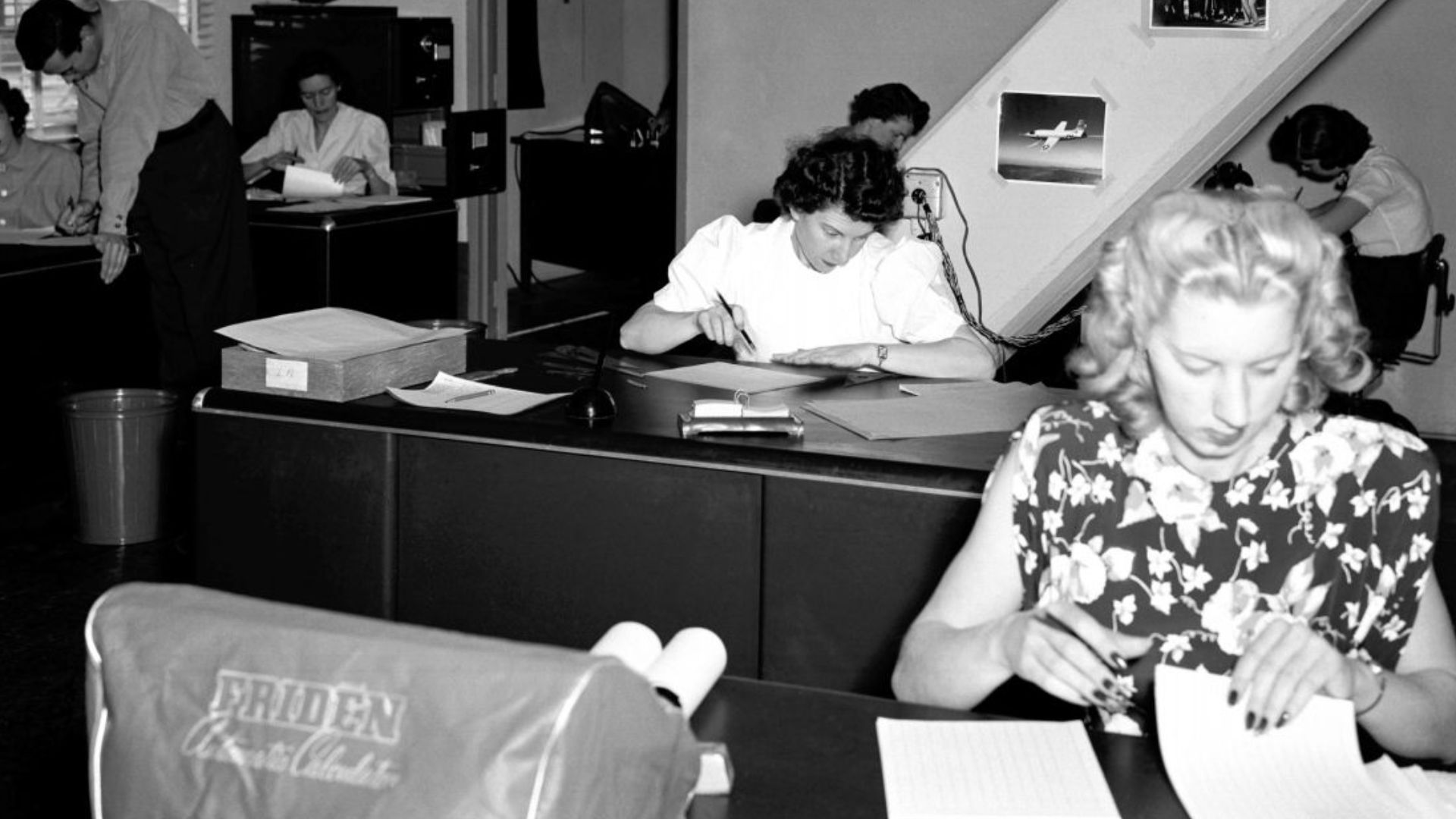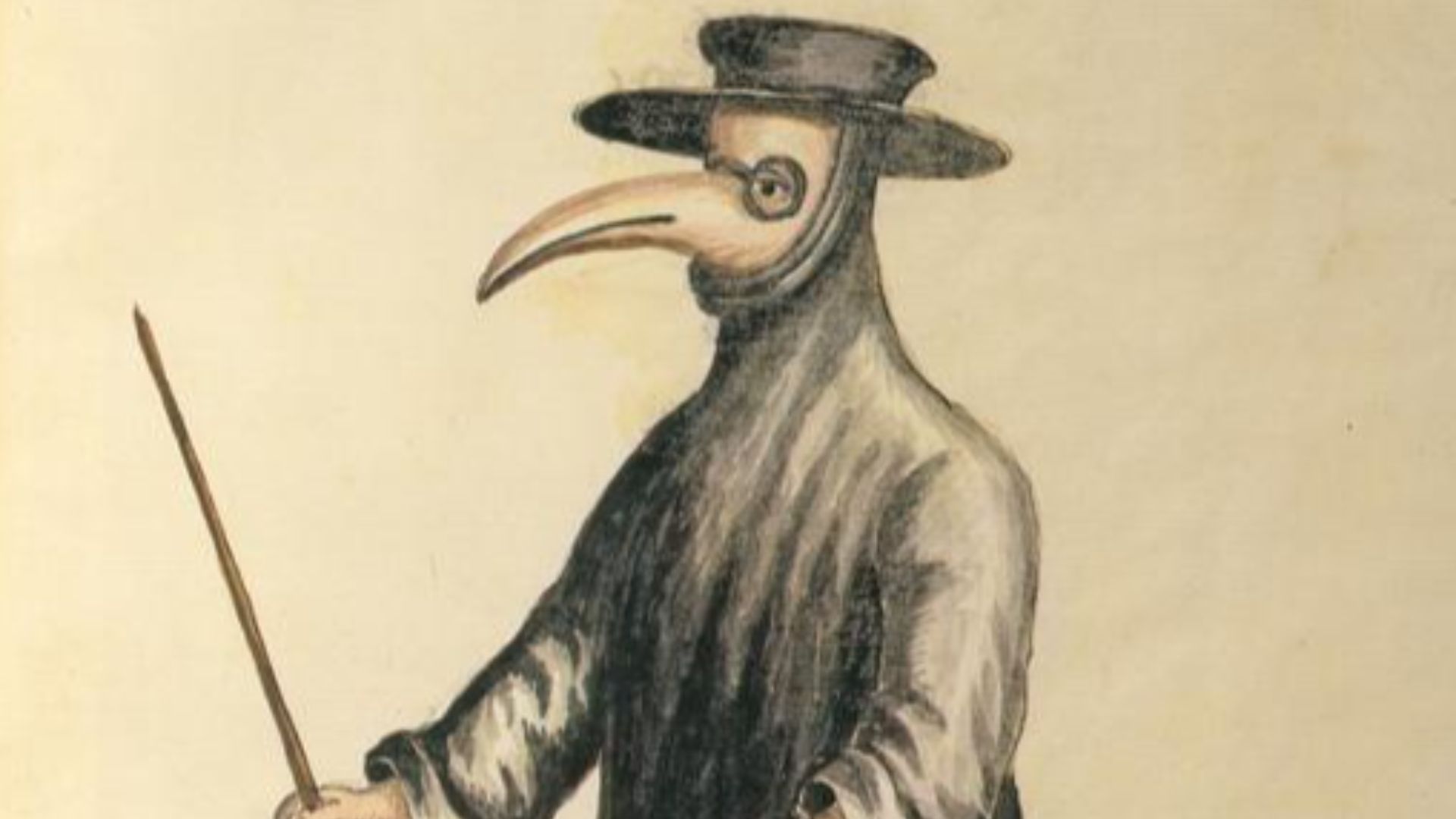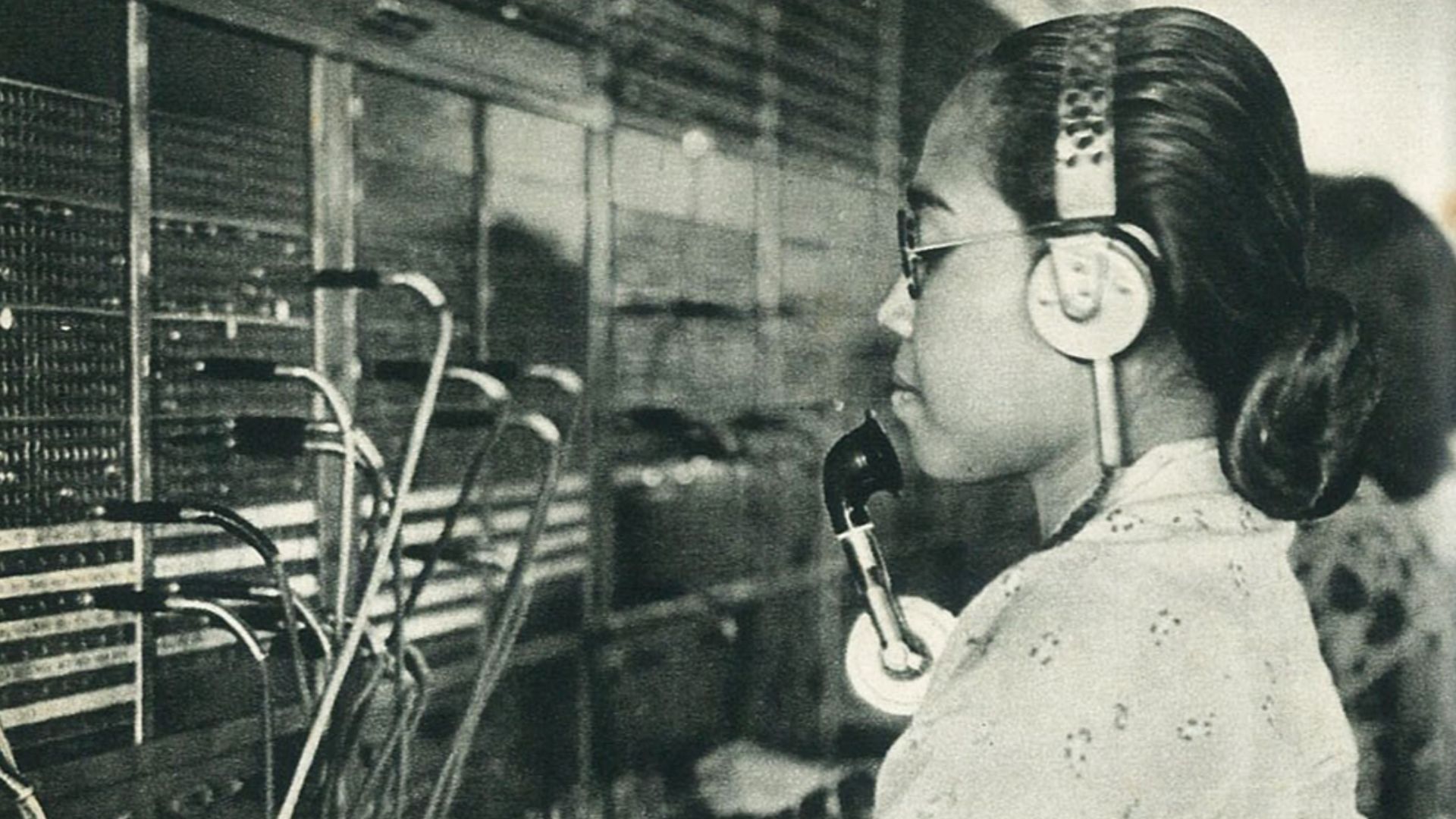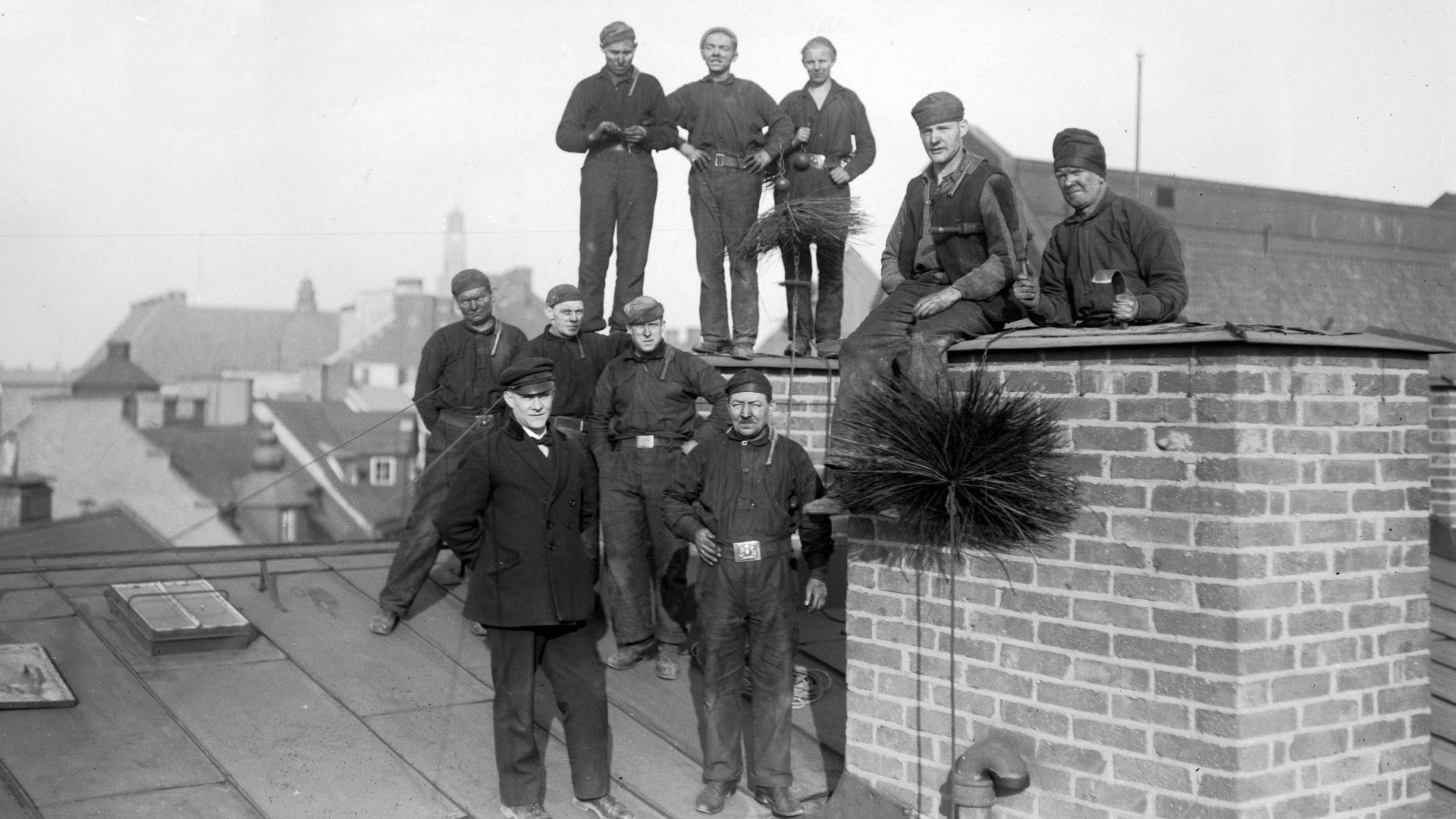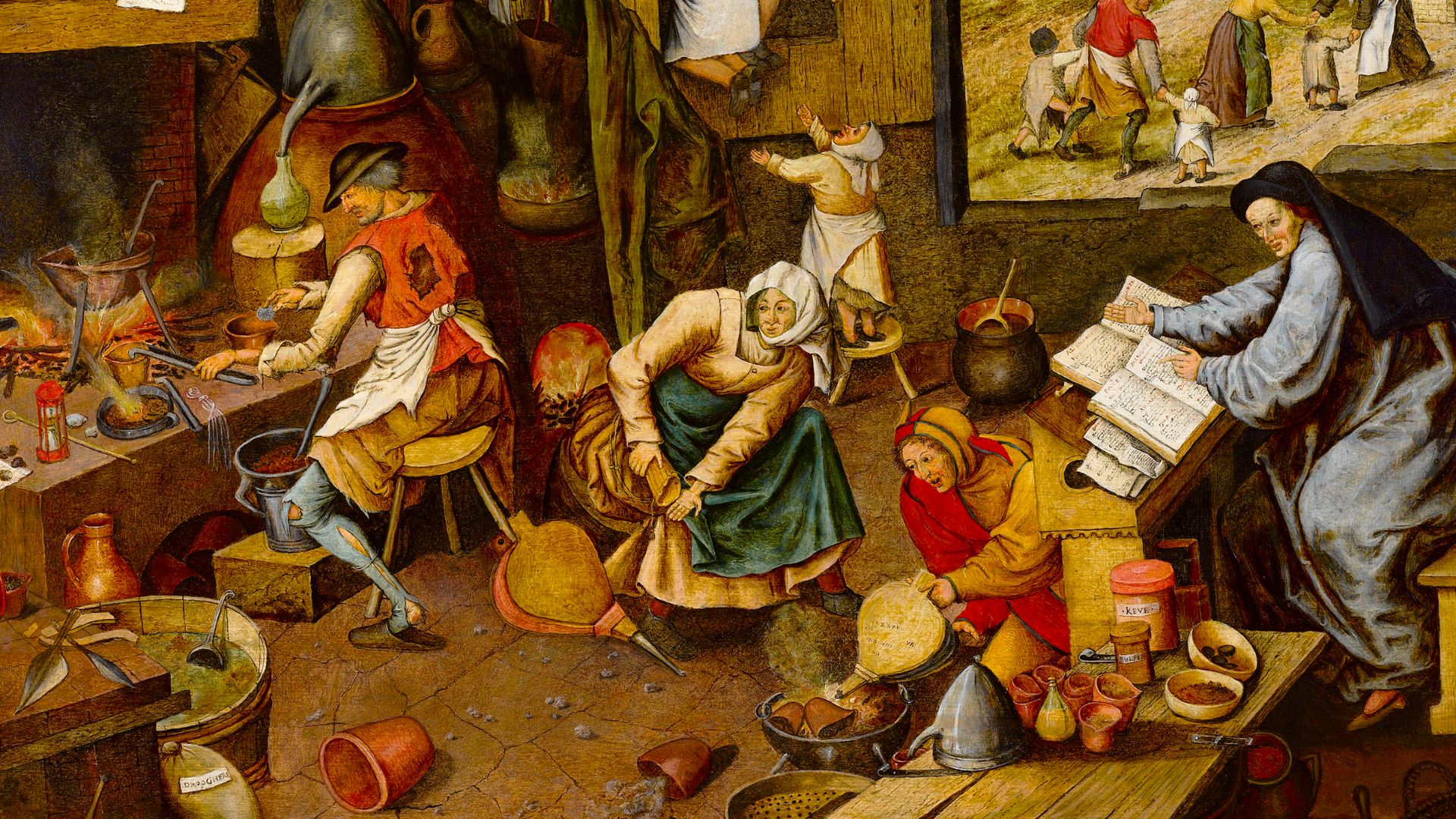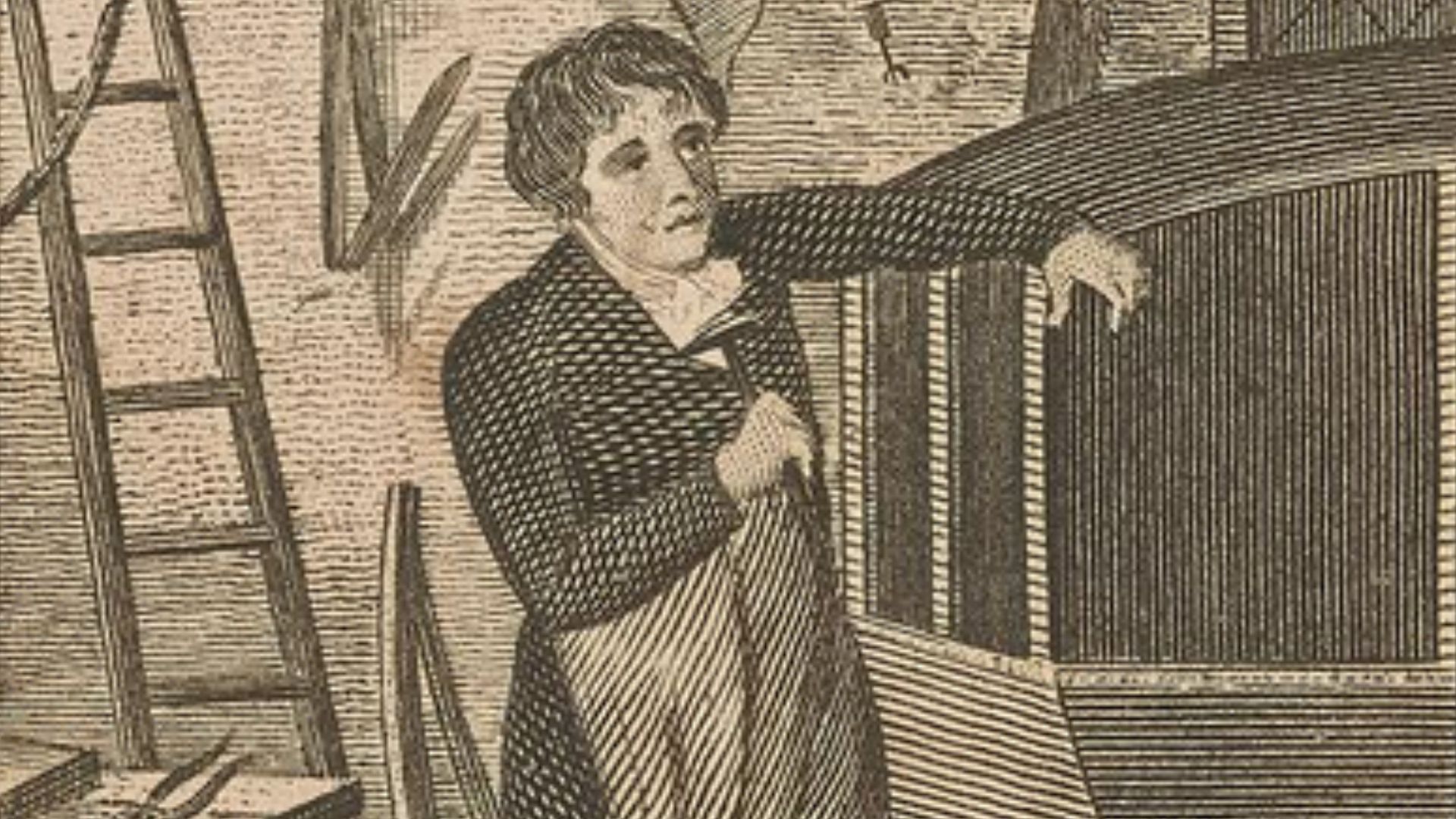Jobs You’ll Never Find On LinkedIn
History is full of surprises, especially when it comes to the ways people once made a living. Some jobs from the past seem so odd or downright puzzling that it’s hard to believe anyone actually did them. Yet, those professions were once as real as your morning coffee. If you are curious about the kinds of work that have vanished from our world, you’re in for a treat—because what follows is a journey through the most unexpected corners of the working world.
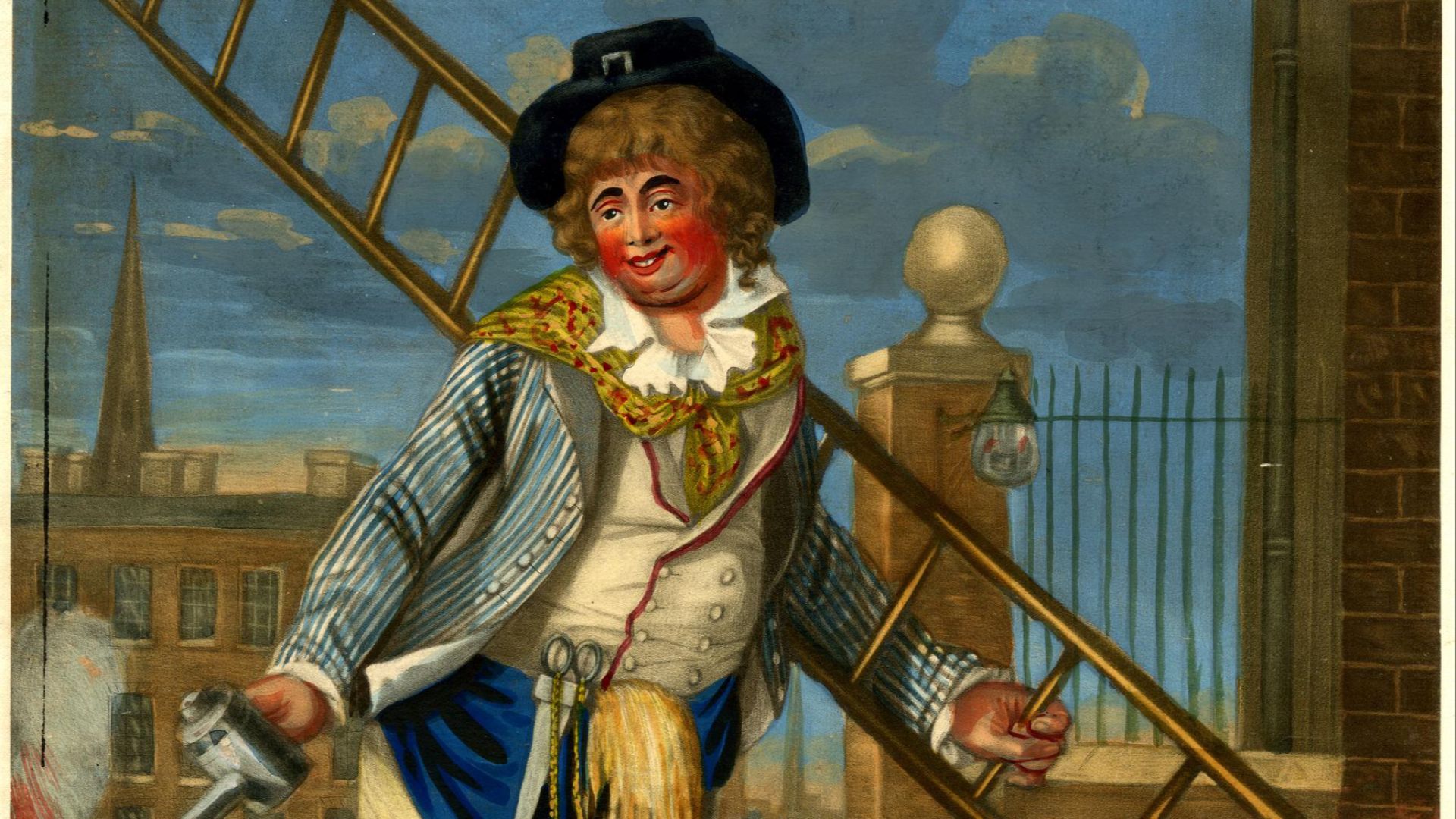 After: Robert Dighton Published by: Carington Bowles on Wikimedia
After: Robert Dighton Published by: Carington Bowles on Wikimedia
1. Leech Collector
Leech collectors braved rivers, often using their own legs as bait, to gather live leeches for medical bloodletting—a prized export that sometimes paid better than farming. With the rise of modern medicine and synthetic treatments, this squirmy profession slipped away into history.
2. Knocker-Upper
Before the shrill ring of the alarm clock became the universal wake-up call, entire neighborhoods relied on the knocker-upper to start their day. Armed with long poles or pea-shooters, these human alarm clocks would tap on windows, sometimes serving dozens of households each morning.
3. Slubber Doffer
In the noisy world of textile mills, the slubber doffer had a repetitive but important job: removing empty bobbins from spinning machines. Often performed by children, this work was relentless but absolutely necessary to keep production moving.
4. Gandy Dancer
Gandy dancers kept the railroads running smoothly. Using tools and a strong sense of teamwork, they kept the rails in perfect sync by singing rhythmic work songs to stay coordinated. Their coordinated efforts were essential for rail safety.
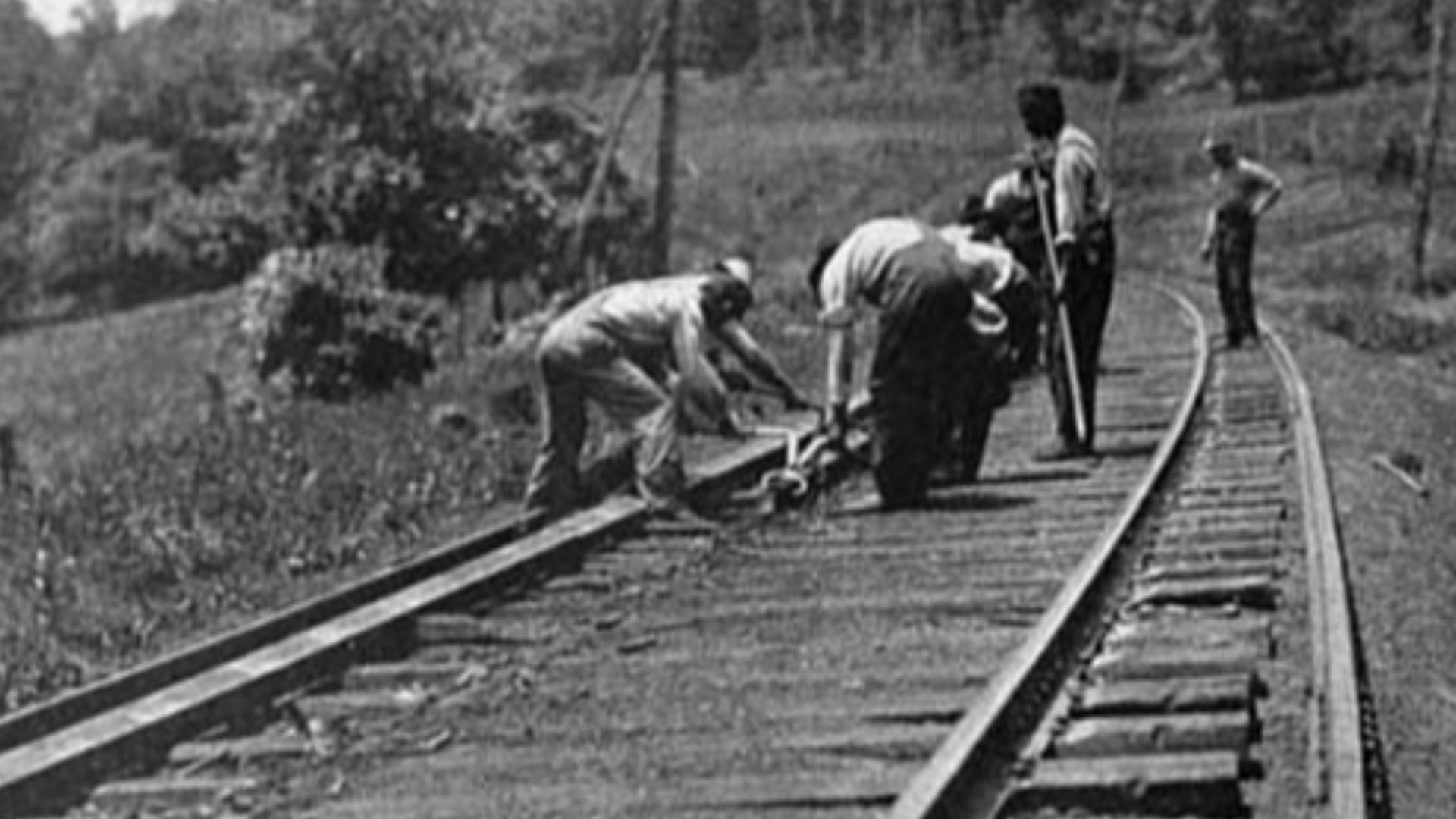 Edward Hungerford on Wikimedia
Edward Hungerford on Wikimedia
5. Ice Cutter
When summer’s heat threatened to spoil food, it was the ice cutter who saved the day, braving frozen lakes to harvest massive blocks of ice. This dangerous work demanded strength and nerves of steel, as workers carved and hauled ice to be stored in sawdust for year-round use.
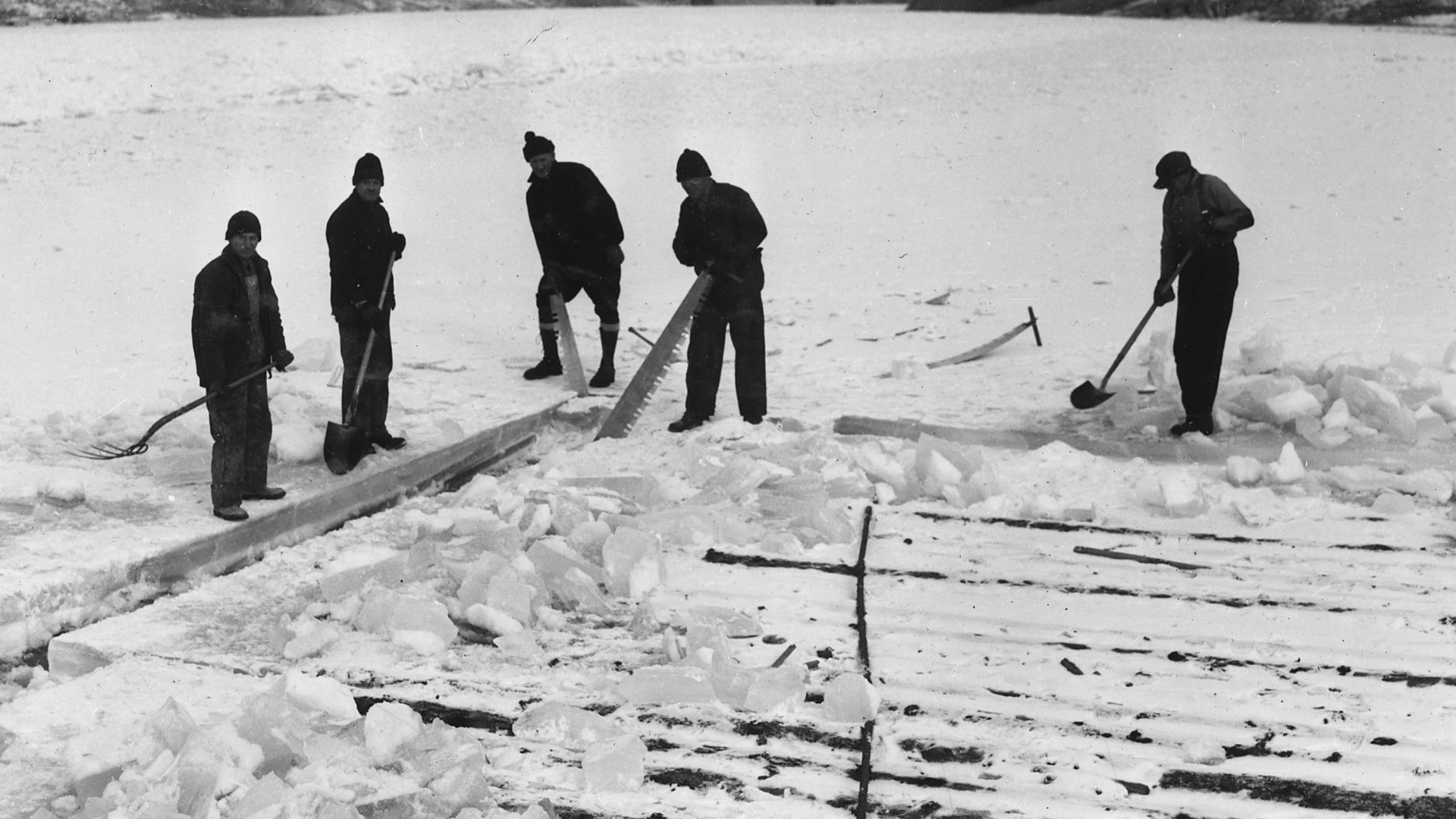 Unknown authorUnknown author or not provided on Wikimedia
Unknown authorUnknown author or not provided on Wikimedia
6. Linotype Operator
With nimble fingers and sharp technical skills, they fed stories into complex machines that spat out lines of type, revolutionizing newspapers and books. But as digital printing swept in, these mighty machines—and the operators who mastered them—were gradually retired, with the last clattering away in the 1980s.
7. Pinsetter
Bowling alleys once buzzed as young pinsetters darted between lanes, resetting pins by hand after each turn. The job required quick reflexes and a fearless attitude. Automated machines have mostly replaced them, though a few keep the tradition alive for nostalgia’s sake.
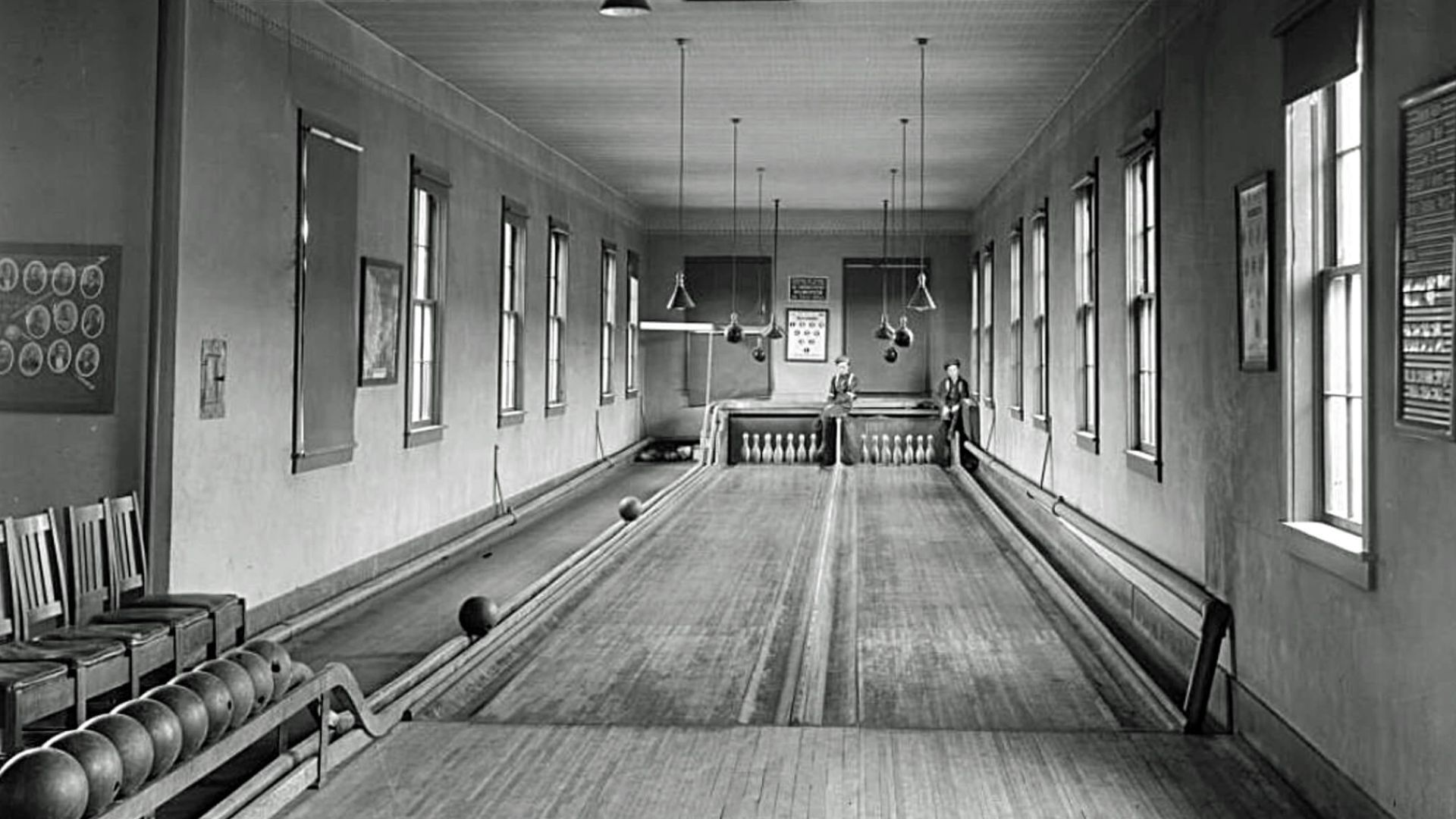 Unknown photographer ca 1890-1910. on Wikimedia
Unknown photographer ca 1890-1910. on Wikimedia
8. Lamplighter
As dusk settled, lamplighters would emerge and scale tall poles to ignite the street lamps that kept the darkness at bay. Trusted with city keys and sometimes required to light lamps twice each night, these guardians of the evening made sure streets were safe and welcoming.
9. Rat Catcher
Rat catchers kept city rodent populations in check with the help of traps and trained dogs. Their work was especially vital during plague outbreaks, when a single rat could spell disaster. Some became local legends, but modern pest control eventually made their daring work obsolete.
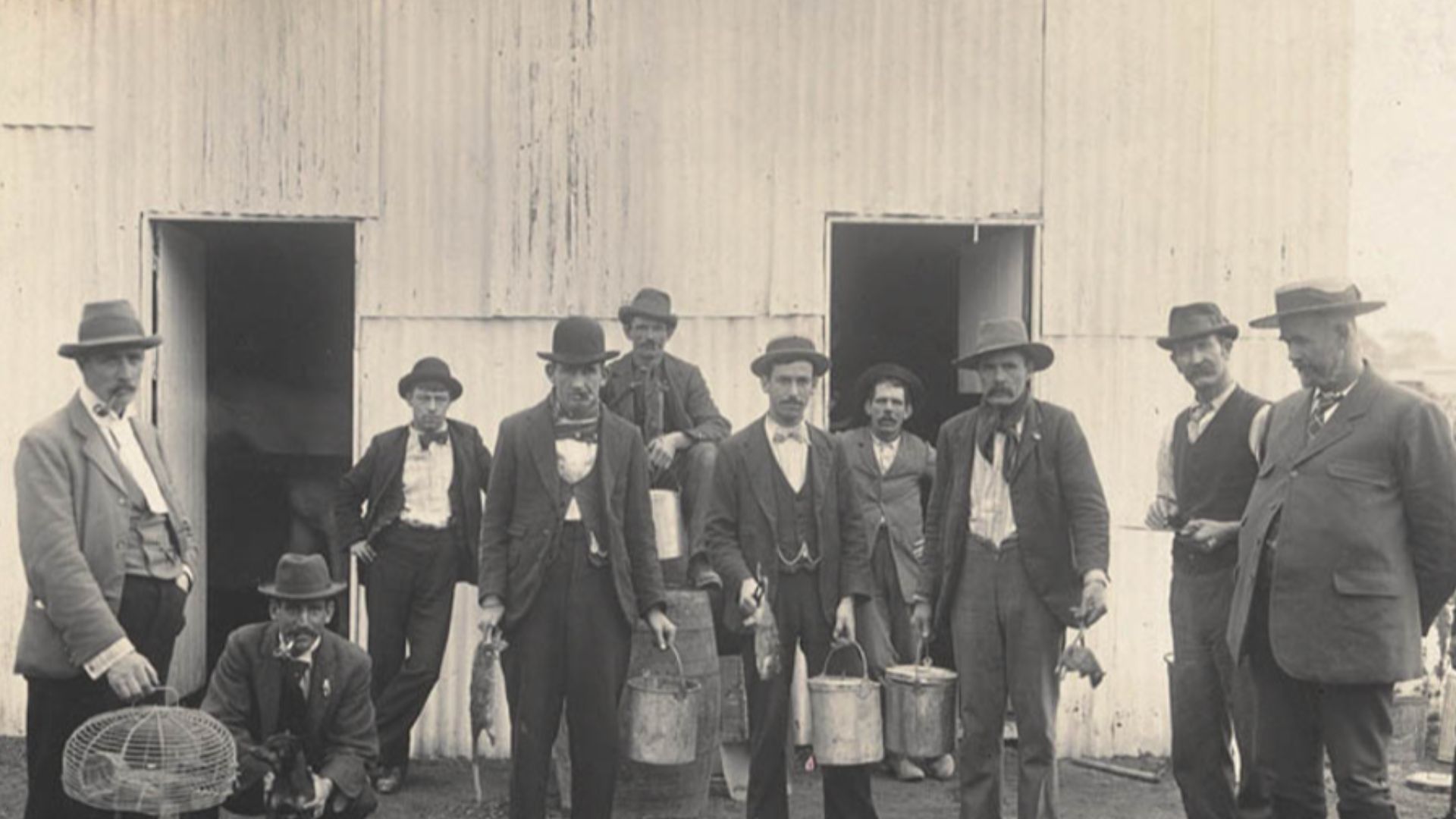 Unknown authorUnknown author on Wikimedia
Unknown authorUnknown author on Wikimedia
10. Lector
In bustling cigar factories, the lector’s voice was a beacon of knowledge and entertainment. Perched above the workers, they read news, novels, and even political essays aloud, keeping everyone informed and engaged. Radios eventually made the lector obsolete.
 Francisco tequila on Wikimedia
Francisco tequila on Wikimedia
11. Human Computer
Human computers, many of them women, performed vital calculations for science and engineering, essential for everything from astronomical discoveries to NASA’s early space missions, where even a small error could have cosmic consequences. As electronic computers took over, these math whizzes handed off their pencils and paper.
12. Plague Doctor
With their eerie bird-like masks stuffed with fragrant herbs, plague doctors were both a symbol of hope and a source of fear during deadly outbreaks. Tasked with treating victims using primitive methods, they often inspired more dread than confidence.
13. Fuller
Fullers toiled to clean and thicken woolen cloth using water and urine—a tough job dating back to Roman times. This physically demanding work was the backbone of the textile industry for centuries, and it ultimately produced the soft, durable fabrics people relied on.
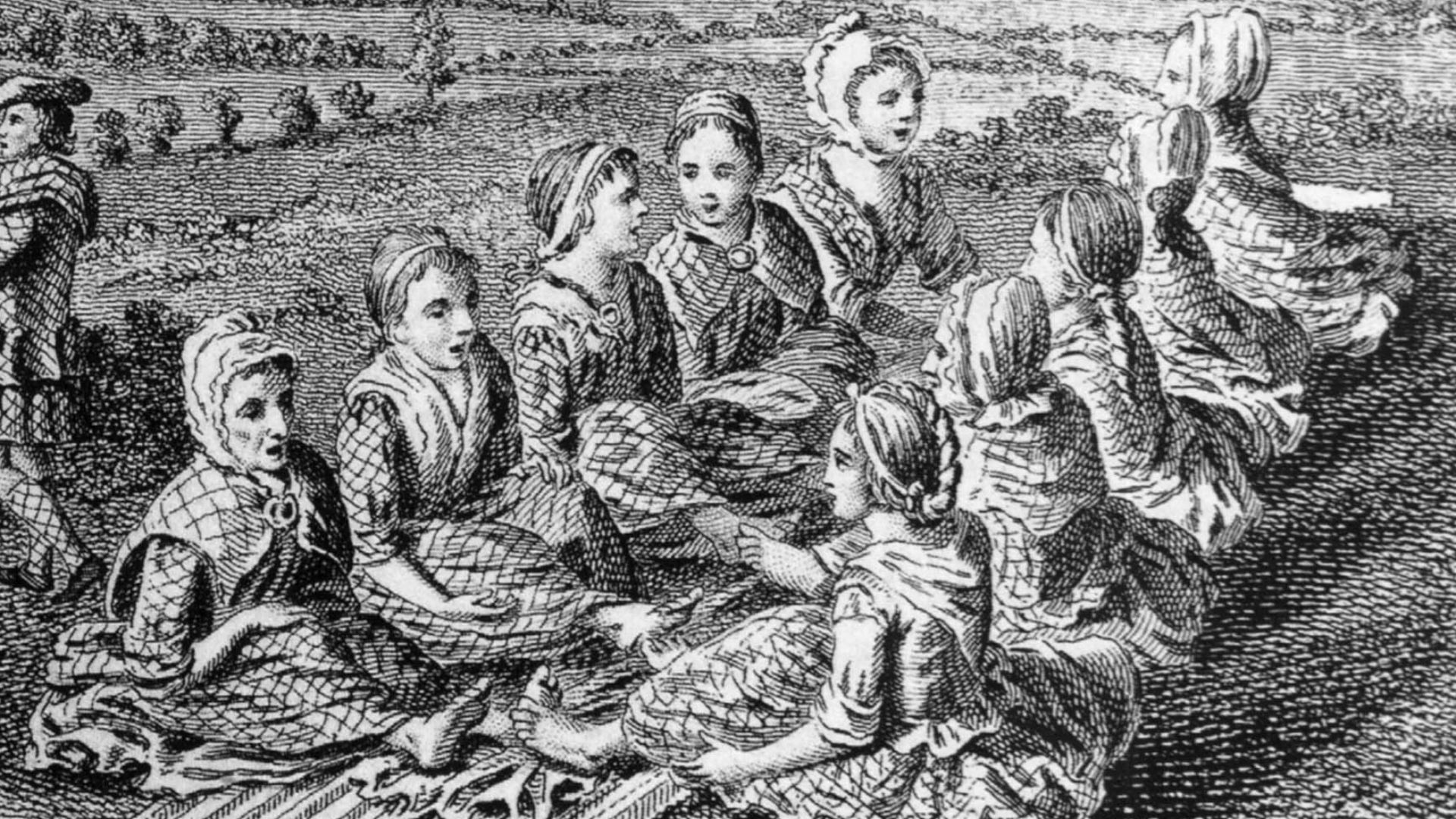 Unknown authorUnknown author on Wikimedia
Unknown authorUnknown author on Wikimedia
14. Gong Farmer
In the days before indoor plumbing, gong farmers were tasked with cleaning out cesspits and privies—hauling human waste by night and disposing of it outside city limits. Though well-paid for such filthy work, the job was dangerous and foul. It fully vanished with the rise of modern sanitation.
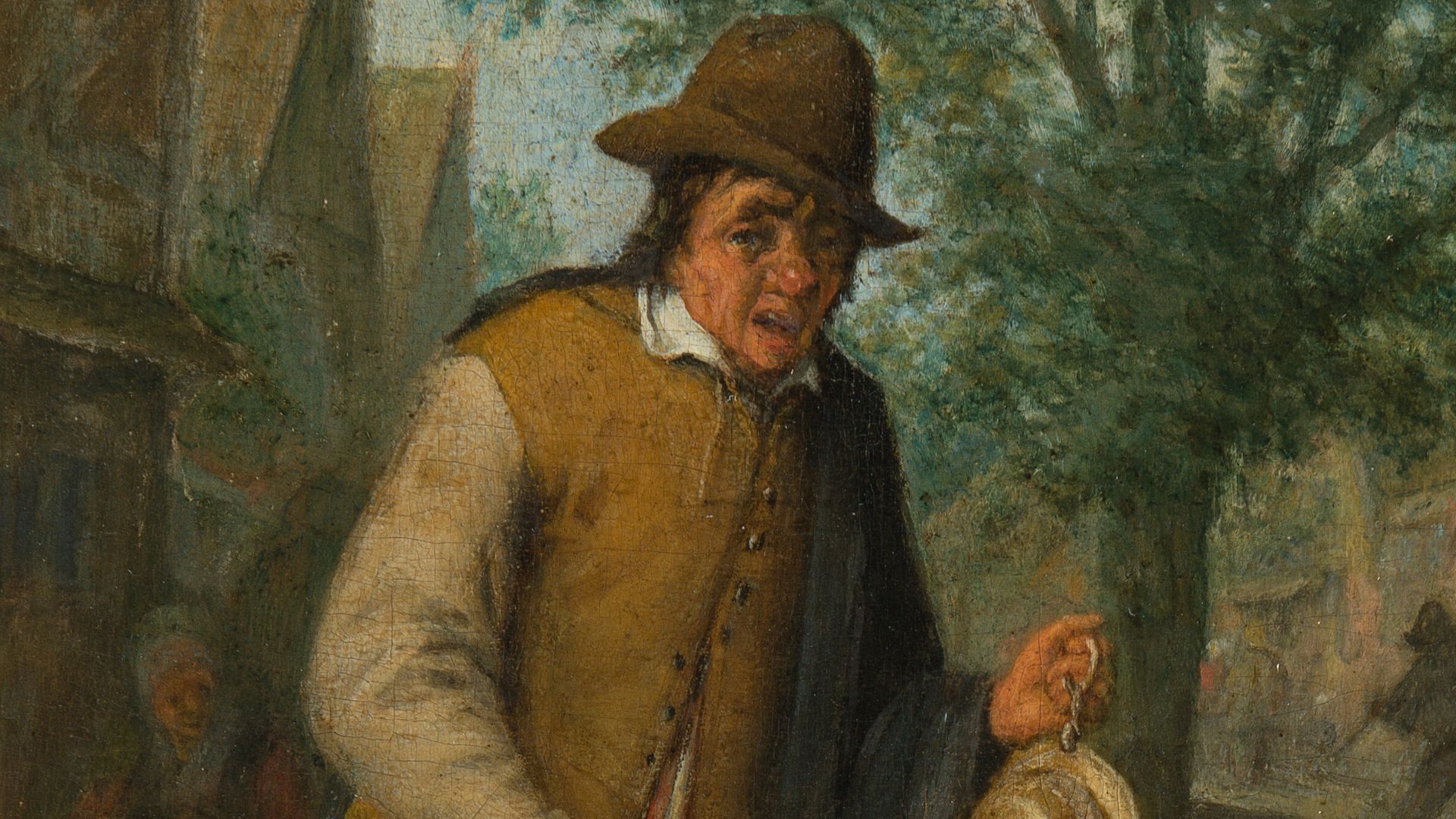 Adriaen van Ostade on Wikimedia
Adriaen van Ostade on Wikimedia
15. Switchboard Operator
With sharp memories, Switchboard operators, mostly women, manually connected calls for homes and businesses, often memorizing hundreds of numbers and providing early customer service with a human touch. As automated exchanges took over, these operators became a symbol of a more personal era of communication.
16. Telegraphist
Telegraphists sent messages via Morse code, zipping across continents in mere minutes, a lifeline, especially during times of war. Their work was so vital that the world paused to mark the end of an era when the last telegram was sent in 2006.
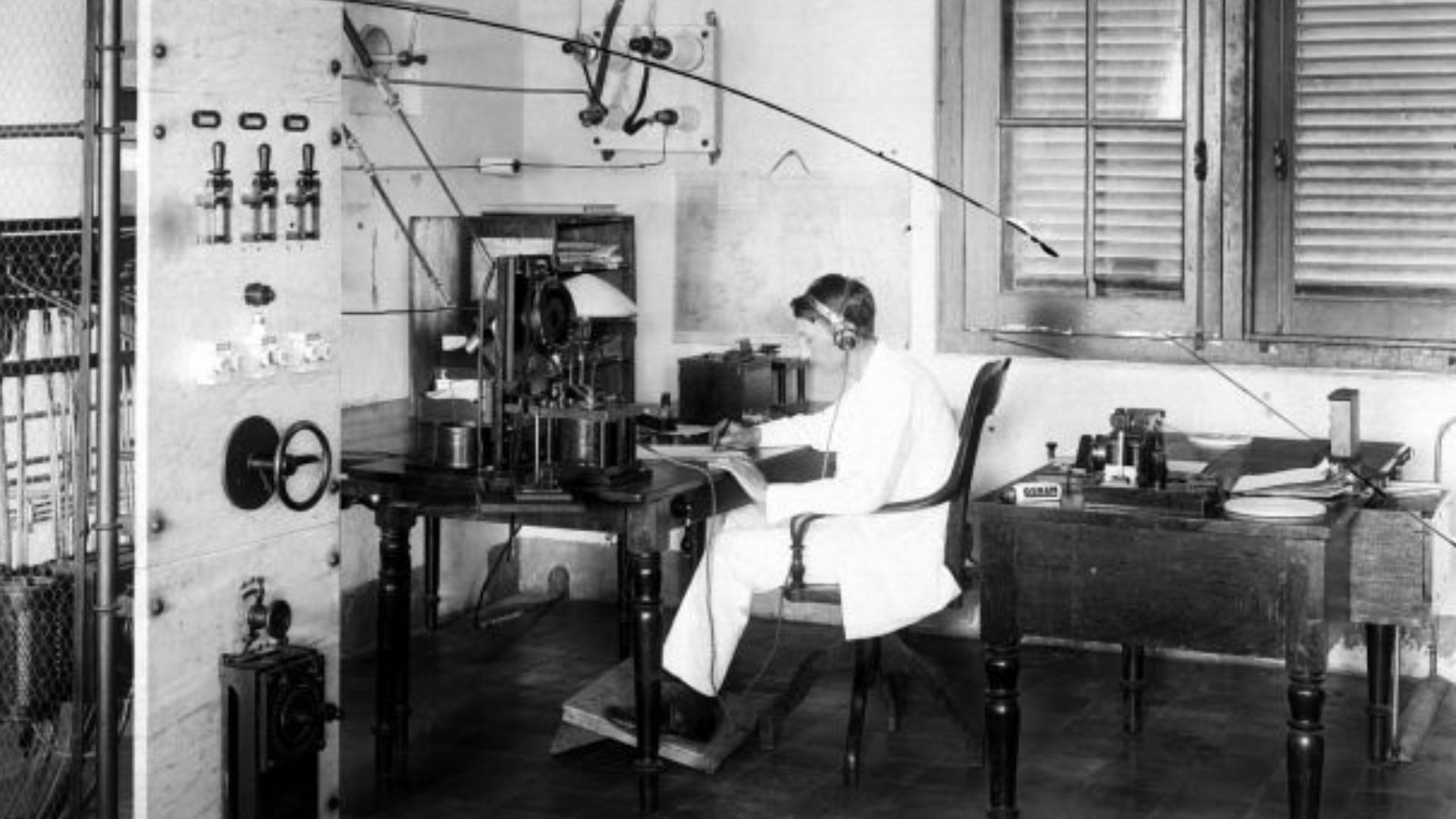 Unknown authorUnknown author on Wikimedia
Unknown authorUnknown author on Wikimedia
17. Chimney Sweep
Tasked with scrubbing soot from narrow flues to prevent house fires, many sweeps were children who were squeezing into spaces adults couldn’t reach. It was dangerous and grimy. The rise of central heating and cleaner fuels finally put an end to this perilous profession.
18. Soda Jerker
Previously, the coolest spot in town was the soda fountain, presided over by the ever-busy soda jerker. With a flick of the wrist, they invented ice cream sodas and crafted fizzy concoctions for teens in search of a sweet treat and a place to hang out.
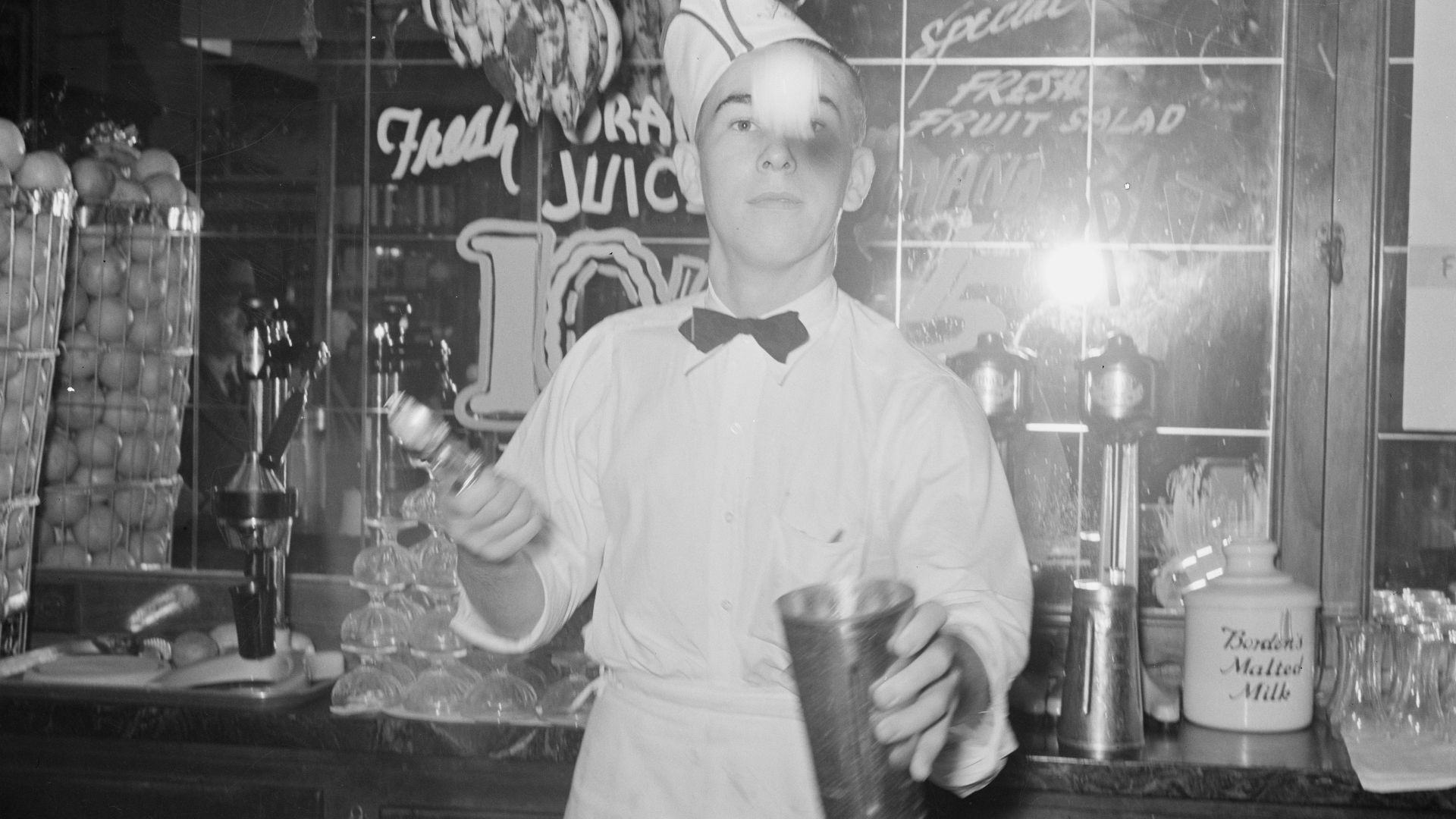 The Library of Congress on Wikimedia
The Library of Congress on Wikimedia
19. Alchemist
Before chemistry had its periodic table, there were alchemists—part scientist, part magician—who toiled in shadowy labs. Their quest was to turn base metals into gold and concoct elixirs of immortality. Some even claimed to have discovered the legendary philosopher’s stone.
20. Carriage Maker
When horsepower meant actual horses, carriage makers were the artisans behind every stylish ride. With expert woodworking and upholstery skills, they crafted everything from practical wagons to luxurious carriages fit for the elite. As automobiles rolled onto the scene, the demand for carriages—and their makers—dwindled.
KEEP ON READING

This Ancient Medical Practice Involved Drilling a Hole Through the…
Rama on WikimediaThere have been many curious medical techniques introduced…
By Christy Chan Dec 5, 2025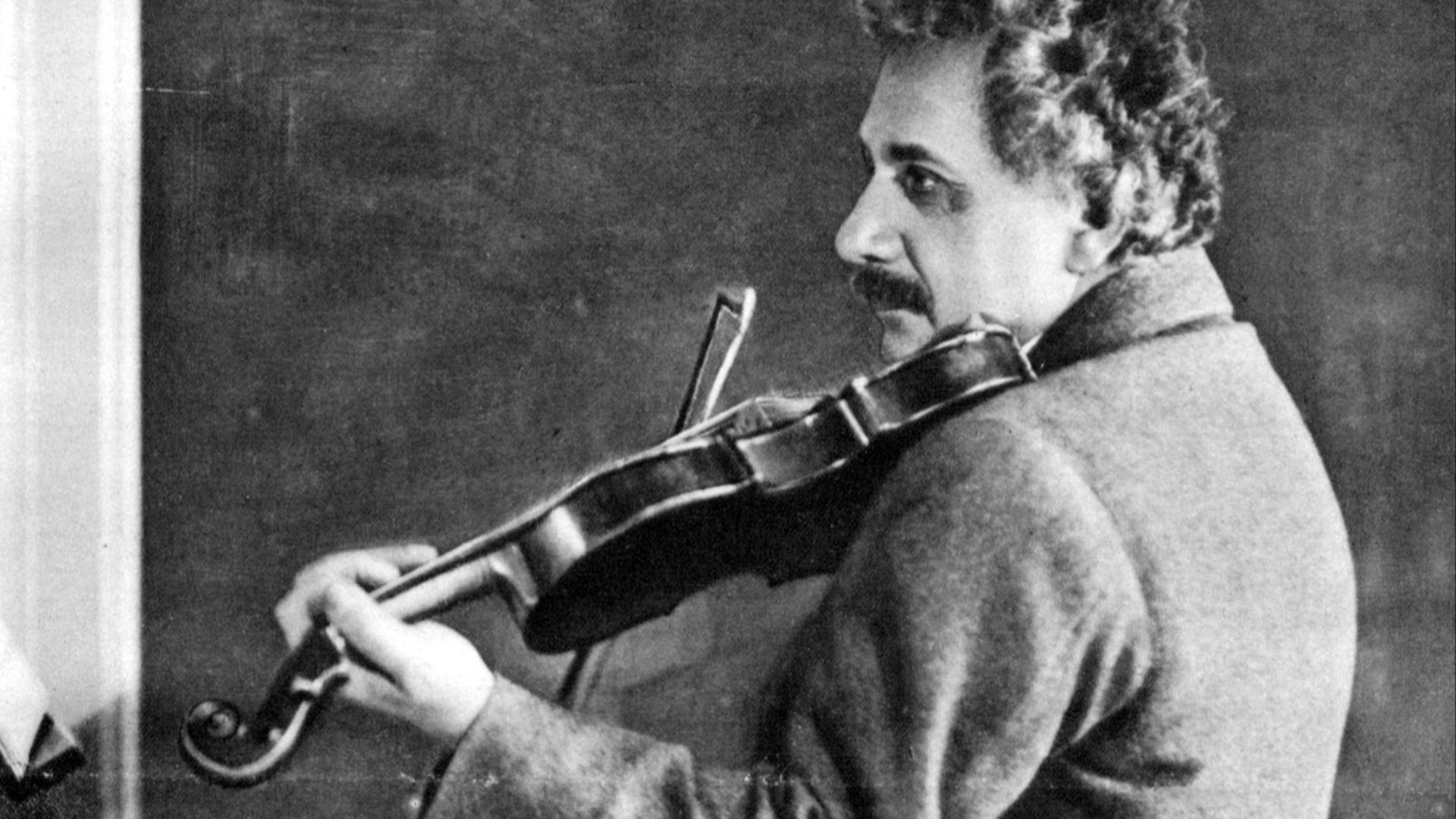
Einstein's Violin Just Sold At An Auction—And It Earned More…
A Visionary's Violin. Wanda von Debschitz-Kunowski on WikimediaWhen you hear…
By Ashley Bast Nov 3, 2025
This Infamous Ancient Greek Burned Down An Ancient Wonder Just…
History remembers kings and conquerors, but sometimes, it also remembers…
By David Davidovic Nov 12, 2025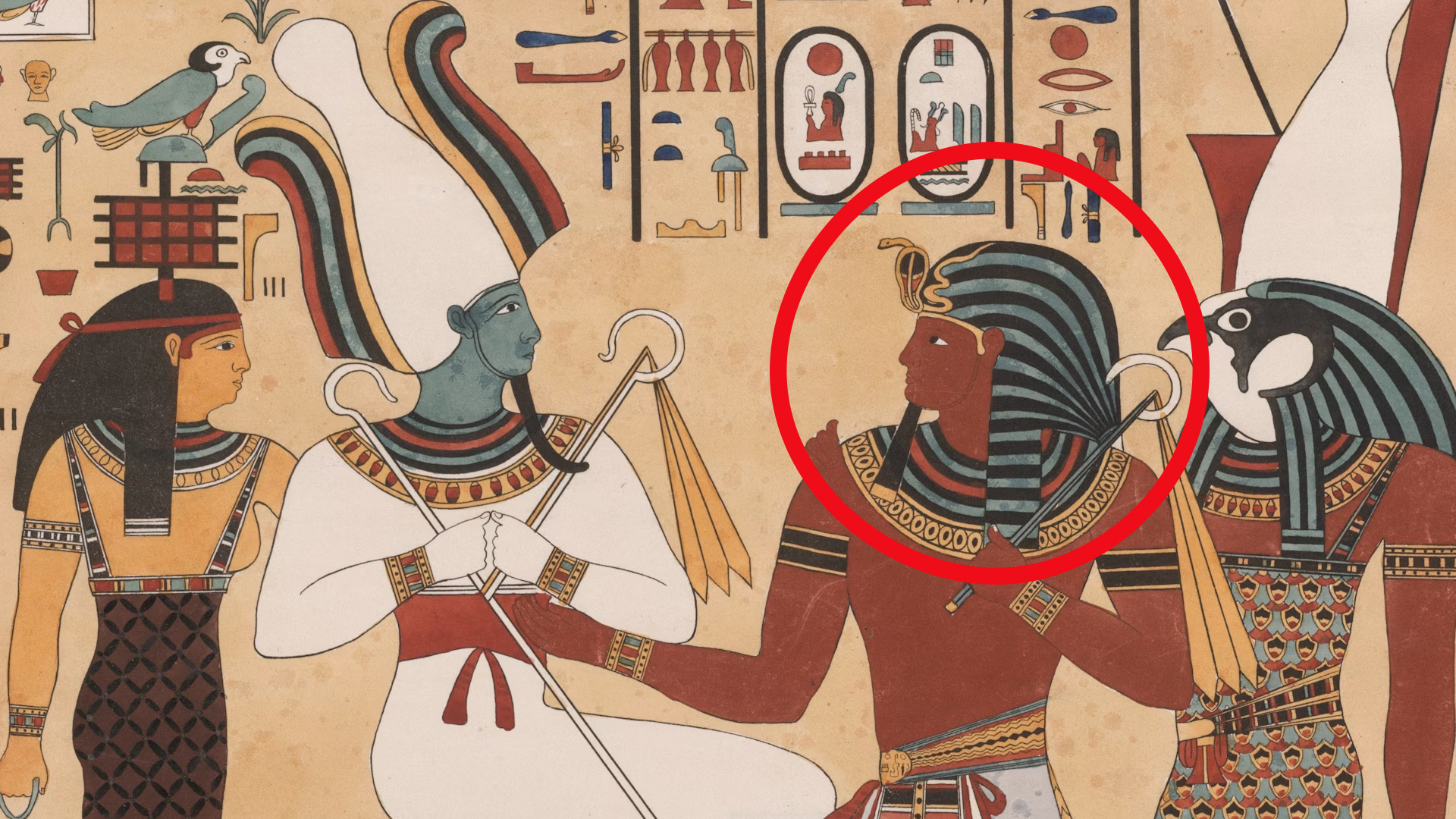
The Mysterious "Sea People" Who Collapsed Civilization
3,200 years ago, Bronze Age civilization in the Mediterranean suddenly…
By Robbie Woods Mar 18, 2025
20 Inventors Who Despised Their Creations
Made It… Then Hated It. Inventors often dream big, but…
By Chase Wexler Aug 8, 2025
20 Incredible Items In The British Museum People Say Were…
Mystery In History. The mighty halls of the British Museum…
By Chase Wexler Sep 8, 2025

